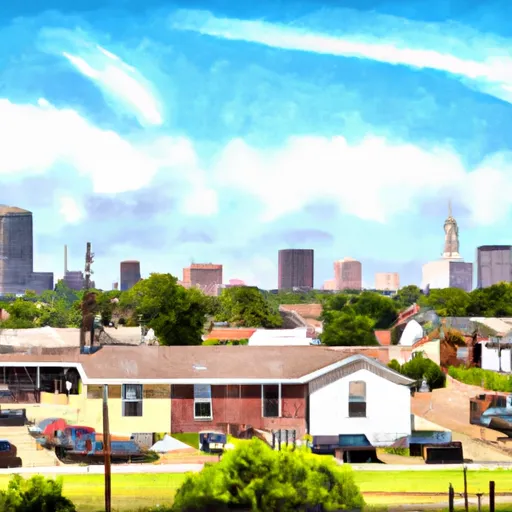°F
°F
mph
Windspeed
%
Humidity











Terry, Louisiana is a small community located in the southeastern part of the state. The climate in Terry is characterized as humid subtropical, with hot and humid summers and mild winters. The area receives ample rainfall throughout the year, which contributes to its lush vegetation and diverse hydrology constituents.
Terry is surrounded by several water bodies, including the Mississippi River, Bayou Lafourche, and numerous lakes and bayous. These waterways provide an array of recreational opportunities for outdoor enthusiasts. Fishing is a popular activity in Terry, with anglers targeting a variety of freshwater species such as bass, catfish, and crappie. Boating and kayaking are also common, allowing visitors to explore the scenic waterways and appreciate the rich biodiversity.
Furthermore, Terry is blessed with abundant natural beauty, making it an ideal destination for hiking, birdwatching, and nature photography. The region boasts several parks and nature reserves, which offer well-maintained trails and picnic areas for visitors to enjoy. These outdoor recreation opportunities attract both locals and tourists, providing a chance to immerse oneself in the natural splendor of Terry, Louisiana.
Weather Forecast
Terry receives approximately 1395mm of rain per year, with humidity levels near 84% and air temperatures averaging around 18°C. Terry has a plant hardyness factor of 8, meaning plants and agriculture in this region tend to thrive here all year round.
Regional Streamflow Levels
3,780
Cubic Feet Per Second
3
Cubic Feet Per Second
32
Cubic Feet Per Second
26
Cubic Feet Per Second
Nearby Camping
| Camping Area | Reservations | Toilets | Showers |
|---|---|---|---|
| Lake Bruin State Park | |||
| Natchez State Park | |||
| Oak Grove City Park | |||
| Chicot County RV Park | |||
| Poverty Point Reservoir State Park | |||
| Lake Chicot State Park |



